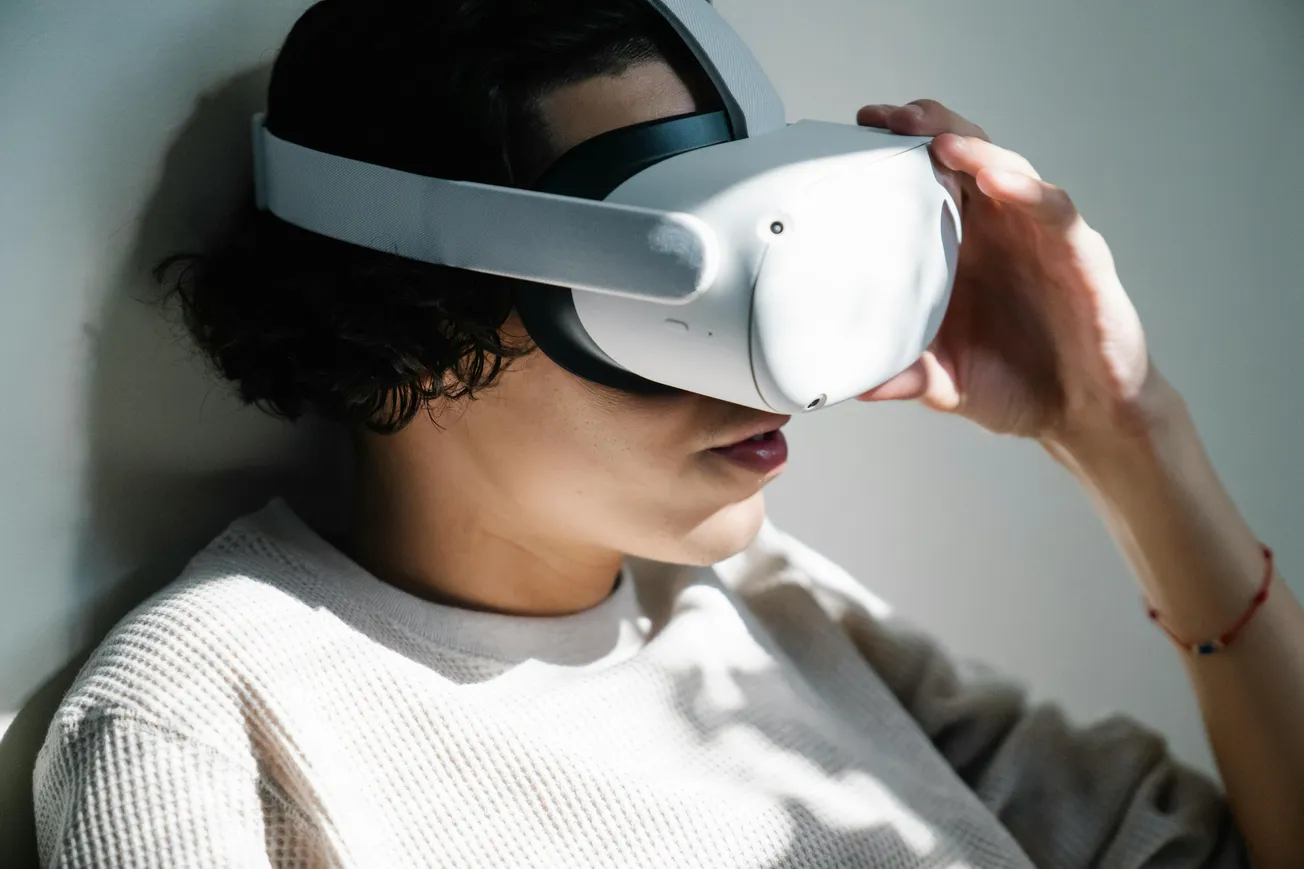VR, 360° video and immersive storytelling have reached a tipping point in 2025. Market analyses show growing adoption of AR/VR experiences for marketing, training and brand building.
For small businesses and creators, this means new ways to differentiate and tell stories that engage deeply.
How immersive storytelling works
- Use 360° video or VR environments to give viewers a “sense of place” — showroom walkthroughs, behind‑the‑scenes experiences, product usage in context.
- Embed interactive elements: clickable hotspots in the 360° environment, branch points, or guided narration.
- Deliver via accessible platforms: YouTube supports 360° video, many headsets are lower cost or mobile‑based.
Implementation tips
- Plan a short immersive experience (2‑4 minutes) aligned with your brand/story.
- Use a 360° camera or two‑camera setup; ensure good lighting and steady movement.
- Edit with software that handles 360° video; add narration or interactive hotspots.
- Host on platforms that support immersive playback (YouTube, Vimeo, or embedded experience on your site).
- Promote it: tell viewers “watch best with mobile or headset”, link from your regular content.
Why it matters now
As creators, story and engagement matter more than ever. With immersive video, small businesses can offer premium experiences at relatively modest cost. It creates memorability, deeper connection and differentiated positioning.








